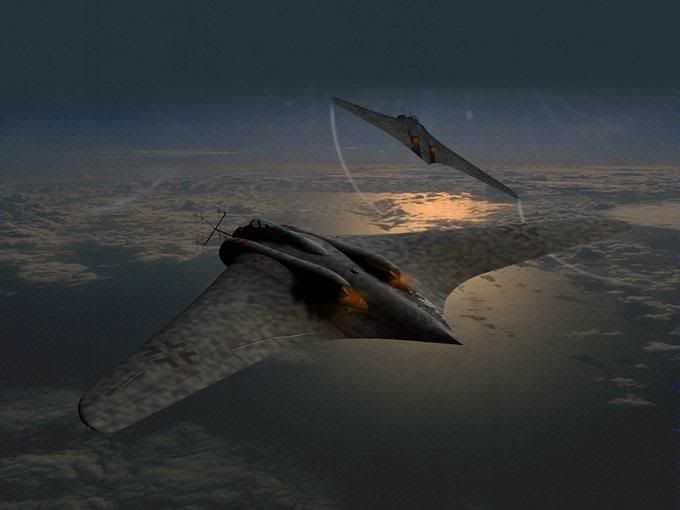Alan Eardley
One Too Many
- Messages
- 1,500
- Location
- Midlands, UK
Not just Major Dixon...
If we are talking simple but effective fixes, what about 'Miss Shilling's Orifice'?
Alan
If we are talking simple but effective fixes, what about 'Miss Shilling's Orifice'?
Alan







